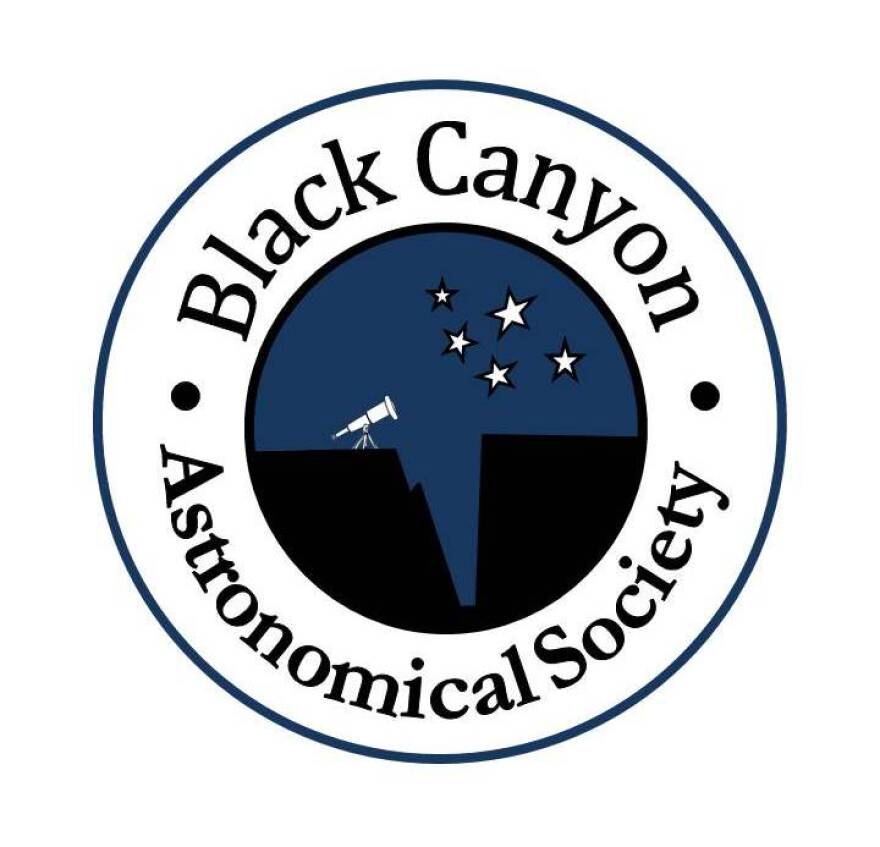Globular star clusters form a huge halo around the Milky Way Galaxy. If we resided at the center of our Galaxy, we would see them in every direction. However, we reside not in the center, but more than half way to the edge. We therefore view them in the direction of the galactic center, which we see best in summer. They are almost totally absent in the winter sky.
And what magnificent objects they are! Globular clusters consist of hundreds of thousands to several million highly concentrated stars tightly bound by gravity. Globular clusters are some of the oldest objects in the universe, being dominated by stars in the late stages of stellar evolution, such as red giants and white dwarves. Globular clusters contain variable stars. In the early 1900’s, Henrietta Leavitt found that some types of variable stars could be used as “standard candles.” Standard candles are objects that have a well-known true brightness, allowing for straightforward calculation of distance from apparent brightness. Using Leavitt’s discovery, Harlow Shapley was able to estimate distances to globular clusters and the size of our Milky Way Galaxy. Leavitt also determined that for Cepheid-type variable stars, the period of variability is directly related to their brightness. Because Cepheid variables are extremely bright, they have been used for nearly 100 years to measure distances to other galaxies.
Probably the best known globular cluster for us northern hemisphere dwellers is Messier 13, the Great Hercules Cluster. Discovered by Edmund Halley in 1714, M13 is barely visible to the naked eye on a dark, moonless night. But, compared to most globular clusters, it is considered large and bright due, primarily, to its relatively close distance of about 25,100 light years. M13 contains several hundred thousand stars.
Many magnificent globular clusters are on view during summer nights. If you attend a star party, perhaps under the dark skies of Black Canyon of the Gunnison National Park, think of Henrietta Leavitt. Leavitt was a trail blazer for women in pursuit of scientific discovery.

Western Slope Skies is produced by the Black Canyon Astronomical Society. This episode was written and recorded by Black Canyon of the Gunnison National Park Volunteer Bernie Forman.


